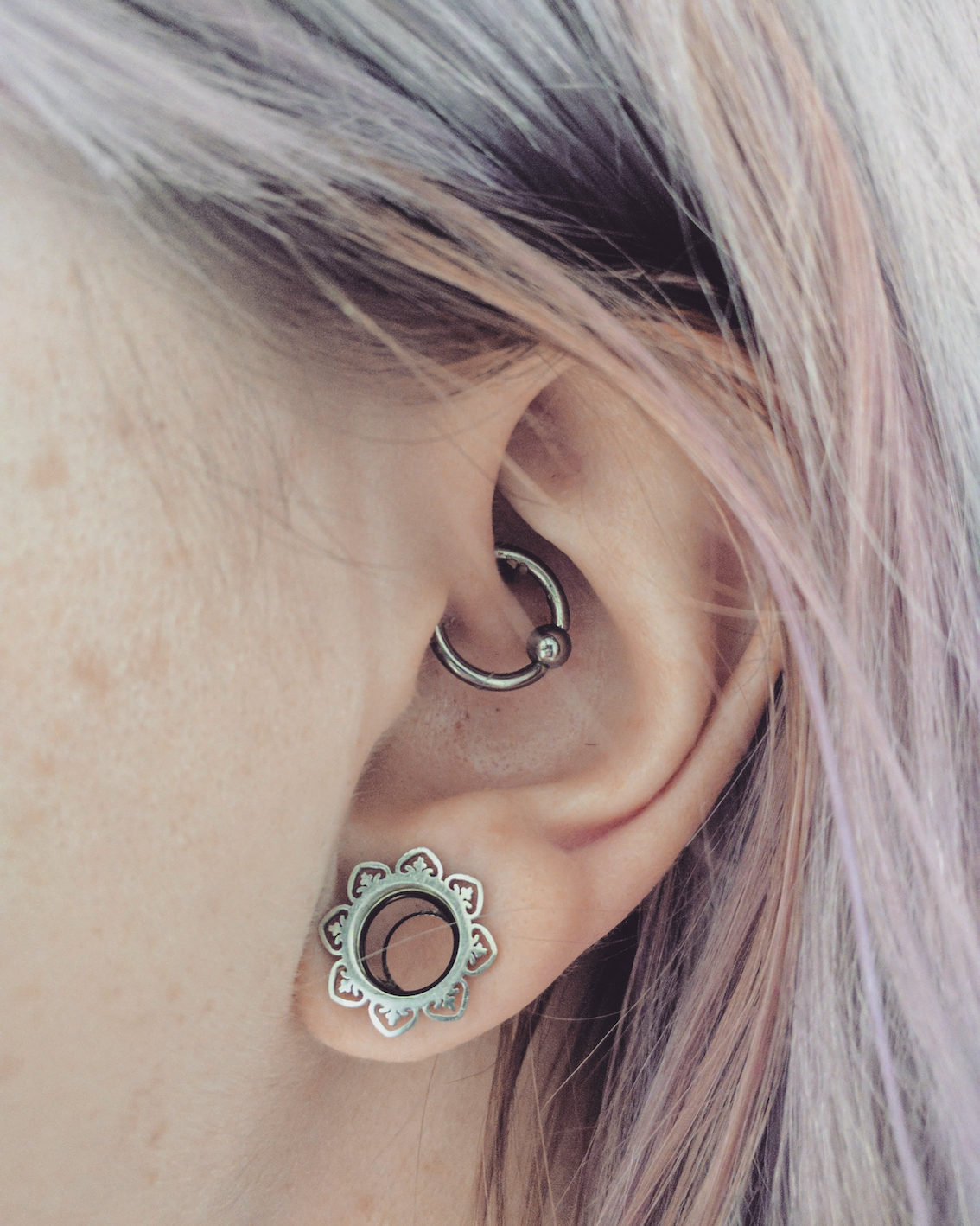
Daith ear piercing
Daith piercing of the crus of the ear helix has provided temporary symptom relief in a young woman with longstanding hemicrania continua, according to an Australian case report.
However it cannot be recommended as a treatment modality given it is unlikely to provide persisting benefit and is associated with a risk of infection.
The unusual case from Victoria was a 30-year old woman with refractory headache on the left side since age 16.
The report, published in BMJ Neurology Open, said her headache was constant and with an average of four severe exacerbations per month when she also reported a ‘droopy’ left eyelid, periorbital swelling and rhinorrhoea.
Her headaches had not responded to paracetamol, NSAIDS or aspirin, and propranolol 20mg two times per day over many years was ineffective for migraine prophylaxis.
“After researching alternative treatment options for migraine, the patient underwent Daith piercing of the left ear 12 months before neurology review,” the report said.
“She noticed a rapid and dramatic symptom improvement: her severe exacerbations resolved and her background pain improved to the extent that she did not require analgesia for a 2-month period.”
“Due to this therapeutic response, the patient then elected to undergo Daith piercing of the right ear, which provided no symptom benefit.”
The patient was subsequently commenced on an up-titrating dose of indomethacin for treatment of hemicrania continua.
“At a dose of 50 mg three times per day, she experienced complete resolution of headache approximately 30min after her third dose.”
Unfortunately, she developed adverse events including “light headedness, anxiety and a distressing sensation of depersonalisation” that resolved after ceasing indomethacin.
She was later treated with topiramate 50mg daily with no perceived benefit and then left-sided greater occipital nerve (GON) block with a partial, limited response.
The case report, by Dr Alexander Bryson from the Alfred Hospital, said indomethacin was poorly tolerated in over 30% of patients.
“Therefore, there exists an urgent need for novel treatment strategies.”
He said the initial response to the ear piercing was unlikely to be a placebo effect.
“Not only did contralateral piercing provide no benefit, but the patient experienced only mild improvement with GON block, which would also be expected to carry a high likelihood of placebo effect.”
“We hypothesise that symptomatic benefit was obtained through modulation of ascending pain pathways within the trigeminocervical complex, through either overlapping cervical sensory representation or via the trigeminal–autonomic reflex.”
Dr Bryson said it was interesting that the response to GON blockade was less pronounced than to ear piercing in the patient.
“This could reflect differences in either the nature of the peripheral stimulation, or the preferential contribution of vagal afferents to the analgesic effect.”